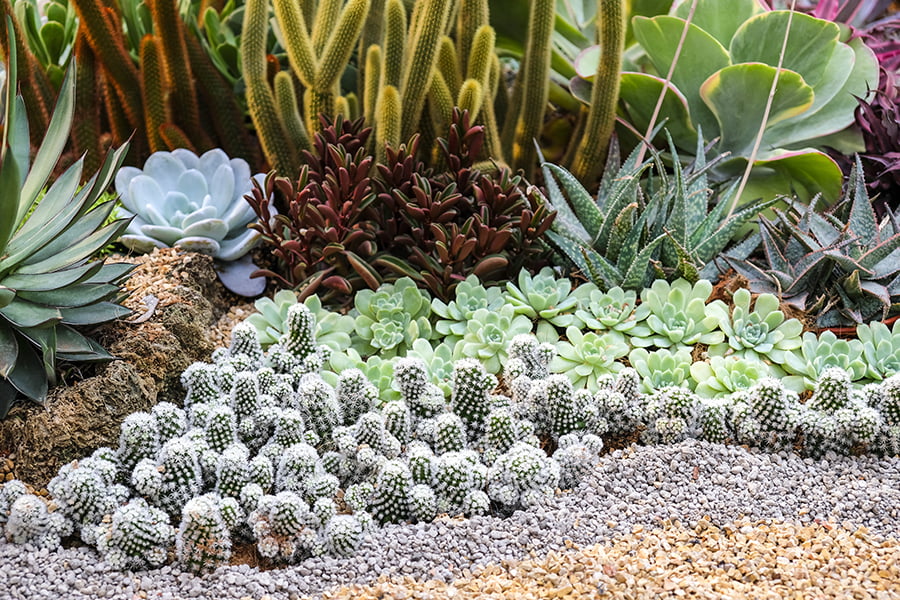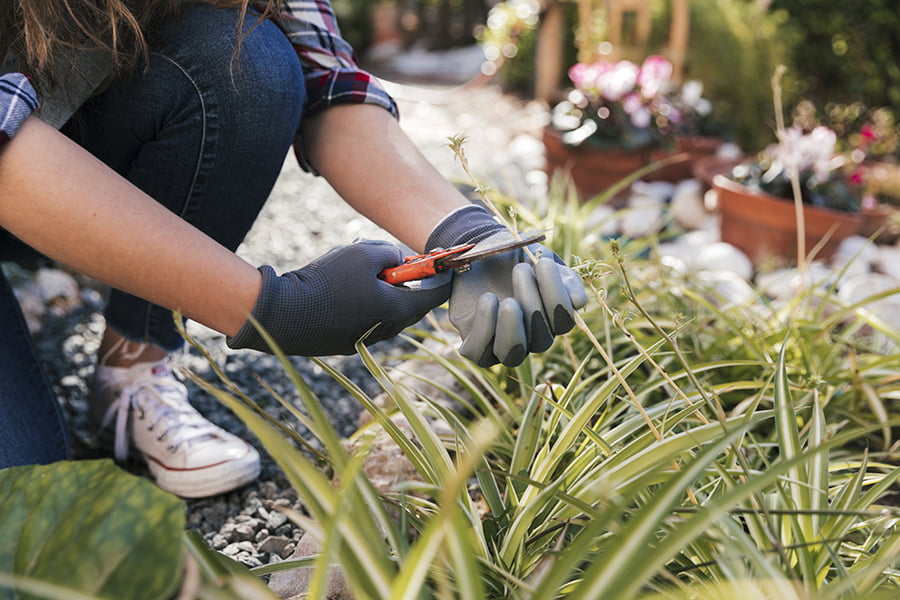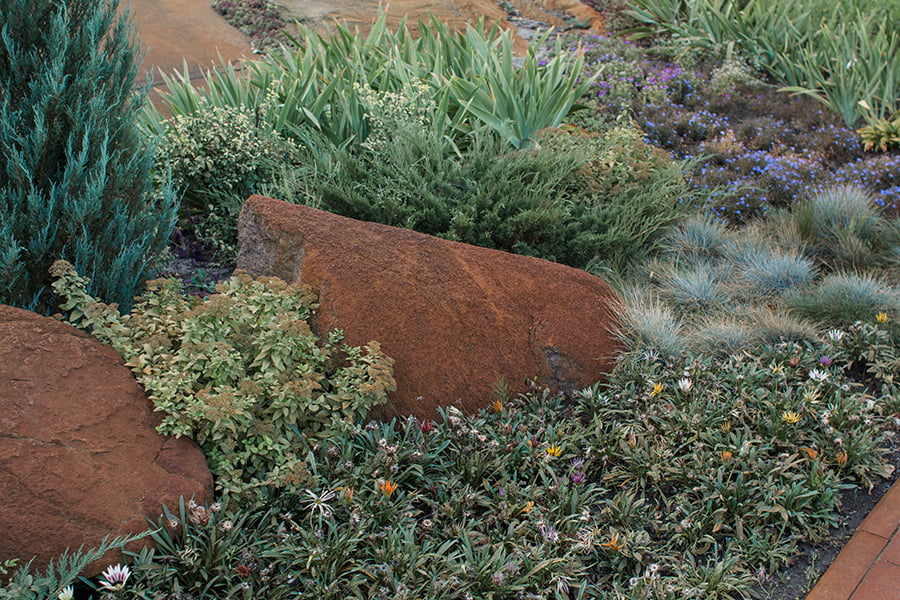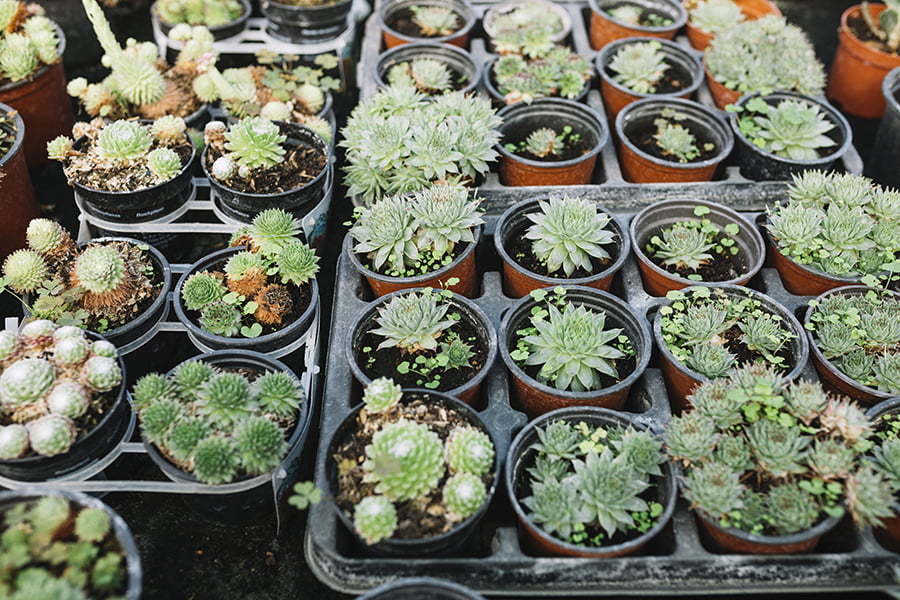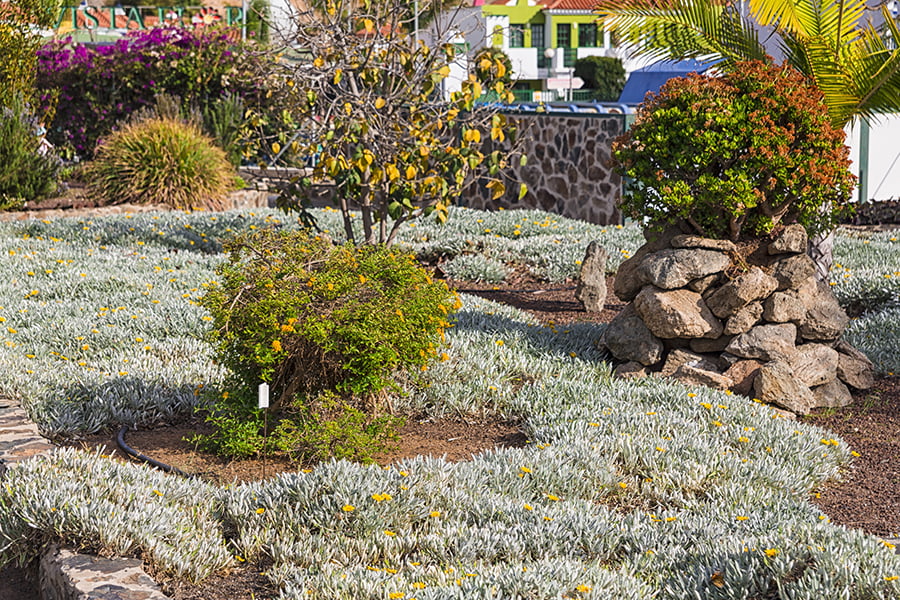Transform your lawn into a sustainable oasis with xeriscaping, the water-wise landscaping approach that offers both environmental benefits and cost savings.
Have you ever dreamed of having a lush green lawn that doesn’t require constant watering and maintenance? Well, it’s time to make that dream a reality with xeriscaping. Xeriscaping is a landscaping technique that focuses on using drought-resistant plants and minimal water usage to create an eco-friendly and sustainable outdoor space.
In this article, we’ll explore the principles of xeriscaping and how to apply them to your lawn for an attractive, low-maintenance, and environmentally conscious alternative to traditional lawns. Let’s get started!
Xeriscaping Principles
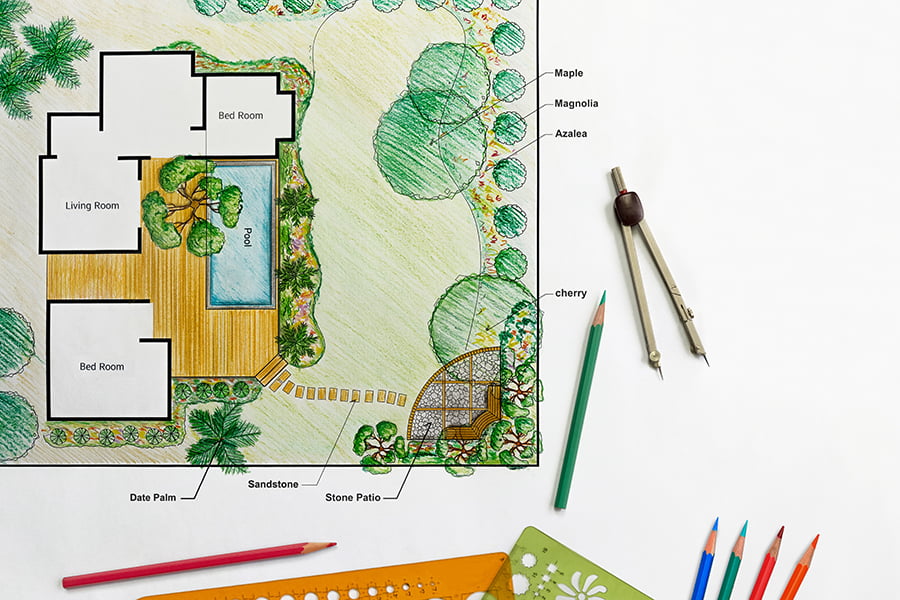
Xeriscaping is a landscaping technique that focuses on using drought-resistant plants and minimal water usage to create an eco-friendly and sustainable outdoor space. The principles of xeriscaping are based on seven key concepts: planning and design, soil improvement, appropriate plant selection, practical turf areas, efficient irrigation systems, use of mulches or groundcovers for weed control and moisture retention; hardscape design ideas.
The first principle is planning and design. Before starting your xeriscape project it’s important to plan out the layout carefully.
Consider factors such as sun exposure levels throughout the day in different parts of your yard or garden area so you can choose plants that will thrive in those conditions.
Additionally consider how much space you want to dedicate towards lawn versus other types of vegetation like shrubs or trees which require less maintenance than grass does over time due their deep root system which allows them access more nutrients from deeper layers within soils without requiring additional watering beyond natural rainfall patterns during dry spells when necessary.
By following these principles when designing your xeriscape landscape you’ll be able to create a beautiful outdoor environment while conserving water resources at the same time!
Drought-Tolerant Plants
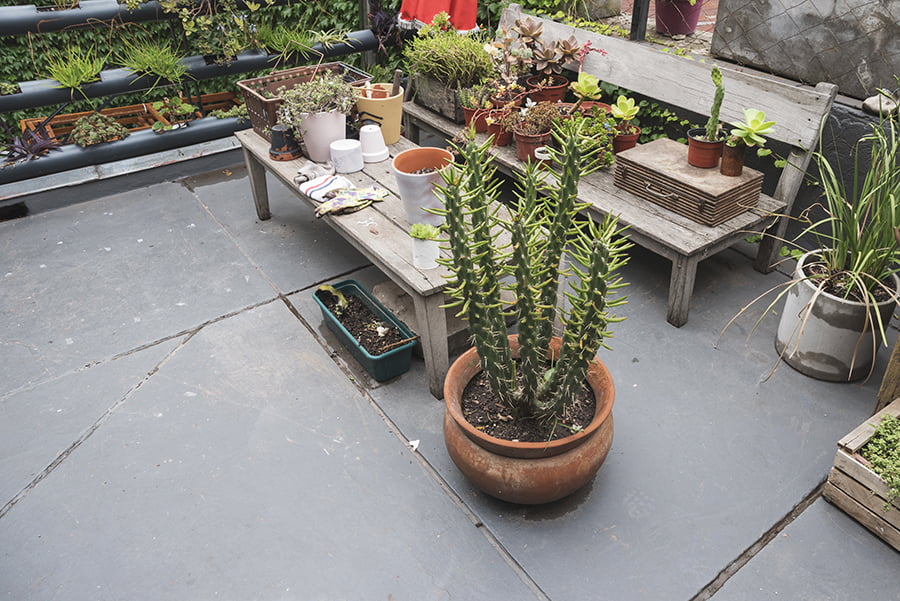
Drought-tolerant plants are the backbone of a xeriscape lawn. These plants have adapted to survive in arid climates and require minimal watering, making them perfect for water conservation efforts.
Some popular drought-resistant plant options include succulents, cacti, lavender, yucca, and ornamental grasses.
When selecting drought-tolerant plants for your xeriscape lawn, it’s important to consider factors such as soil type and sun exposure. Native species are often the best choice since they’re already adapted to local conditions.
In addition to being low-maintenance and eco-friendly choices for your yard or garden space; these hardy perennials can also add texture color variety that will make your landscape stand out from traditional lawns while still providing an attractive outdoor environment that you can enjoy year-round without worrying about excessive watering or maintenance requirements!
Water-Efficient Irrigation

Water is a precious resource, and xeriscaping aims to use it efficiently. Water-efficient irrigation systems are an essential component of xeriscaping.
Traditional sprinkler systems can waste water by spraying it into the air, where much of it evaporates before reaching the plants’ roots. Drip irrigation is a more efficient alternative that delivers water directly to the plant’s root zone through a network of tubes or hoses with small holes or emitters.
Another option for water-efficient irrigation is using rainwater harvesting techniques such as installing rain barrels or cisterns to collect and store rainfall from your roof gutters. This stored rainwater can then be used during dry periods when watering restrictions may be in place.
By implementing these methods, you’ll not only conserve water but also save money on your utility bills while maintaining healthy plants in your lawn without wasting resources unnecessarily!
Soil Improvement Techniques
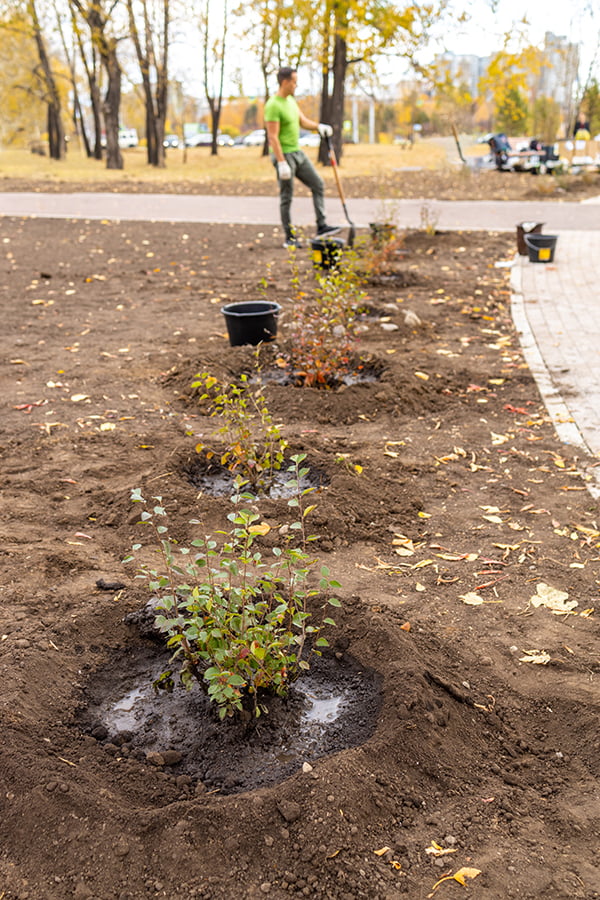
One of the essential elements of xeriscaping is improving the soil quality. Healthy soil can retain moisture better, which means less watering and healthier plants.
Soil improvement techniques include adding organic matter such as compost or manure to increase nutrient levels and improve water retention capacity. Another technique is incorporating sand or gravel into clay soils to enhance drainage and prevent waterlogging.
Before starting any soil improvement project, it’s important to test your soil’s pH level first since different plants thrive in different pH ranges. You can purchase a home testing kit from a garden center or send samples for analysis at a lab.
By implementing these simple yet effective techniques, you’ll be able to create an ideal growing environment for drought-resistant plants that require minimal maintenance while still enjoying an attractive lawn all year round!
Mulching and Groundcovers
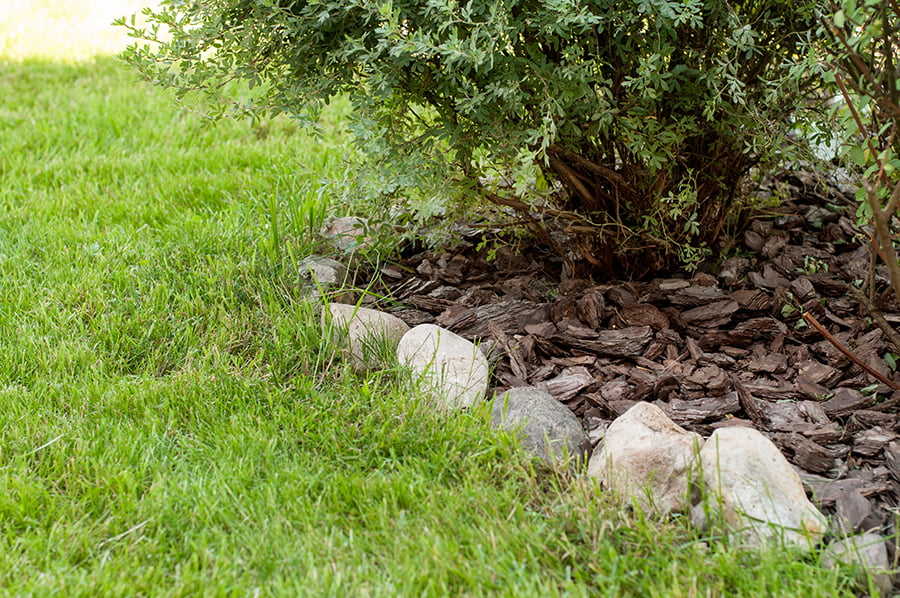
Mulching and groundcovers are essential components of xeriscaping. They help to retain moisture in the soil, suppress weed growth, and regulate soil temperature.
Mulch is a layer of organic or inorganic material that covers the soil surface around plants. It can be made from shredded leaves, bark chips, straw or gravel.
Groundcovers are low-growing plants that spread across the ground to form a dense mat-like cover over the soil surface. They help to prevent erosion by holding onto loose topsoil while also providing habitat for beneficial insects like bees and butterflies.
When choosing mulch or groundcover for your xeriscape lawn, it’s important to consider factors such as water retention capacity, durability under foot traffic (if applicable), aesthetic appeal and maintenance requirements.
Some popular options include:
- Gravel: A great option if you’re looking for something low-maintenance with good drainage.
- Wood Chips: These provide excellent water retention but may require more frequent replacement due to decomposition.
- Clover: This nitrogen-fixing plant is an excellent choice as it requires little watering once established.
- By incorporating mulching materials into your landscape design plan along with drought-tolerant plants will reduce evaporation rates from bare soils which helps conserve precious water resources while keeping your garden healthy-looking all year round!
Lawn Alternatives
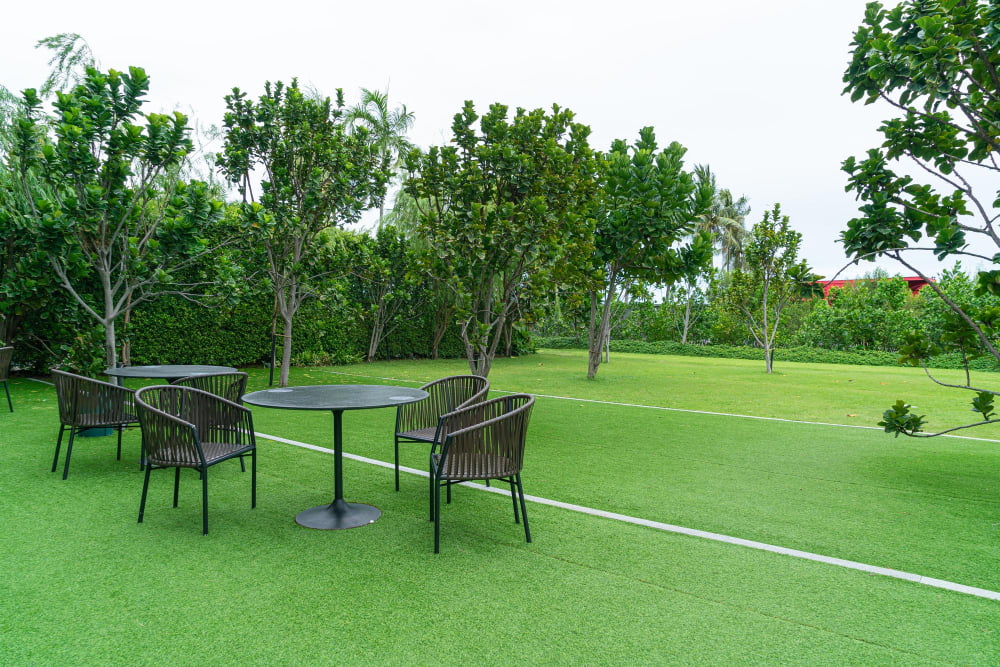
If you’re looking for a lawn alternative that requires even less maintenance than xeriscaping, there are plenty of options to choose from. One popular choice is artificial turf, which looks and feels like real grass but doesn’t require any watering or mowing.
Another option is groundcovers such as clover or creeping thyme, which can provide a lush green carpet without the need for constant upkeep.
If you prefer something more natural-looking than artificial turf, consider planting wildflowers or creating a meadow-like area in your yard. This not only adds beauty to your outdoor space but also provides habitat for pollinators such as bees and butterflies.
No matter what type of lawn alternative you choose, it’s important to keep in mind the principles of xeriscaping by selecting plants that are drought-tolerant and require minimal water usage. By doing so, you’ll be able to enjoy an attractive outdoor space while conserving water resources at the same time!
Hardscape Design Ideas
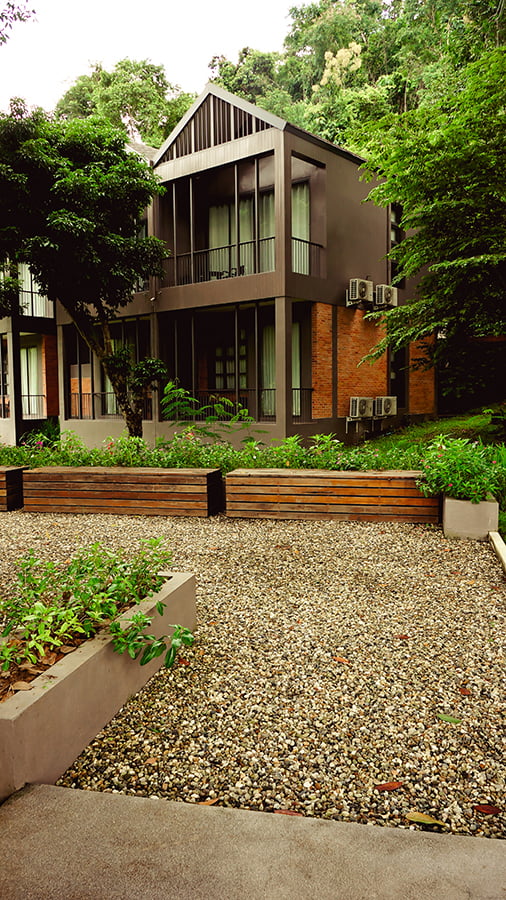
In addition to using drought-resistant plants and water-efficient irrigation, incorporating hardscape elements into your xeriscaped lawn can add visual interest and functionality. Hardscaping refers to the use of non-living materials such as rocks, gravel, pavers, or concrete in landscaping design.
These elements not only reduce the amount of water needed for maintenance but also provide a durable surface that can withstand foot traffic.
Consider adding a pathway made from permeable pavers or crushed stone to create an inviting walkway through your garden. You could also incorporate raised beds made from stacked stones or concrete blocks for growing vegetables and herbs without disturbing the soil underneath.
Another popular hardscaping element is a patio area with outdoor furniture where you can relax and enjoy your xeriscaped lawn while reducing heat absorption by replacing traditional cement with lighter-colored options like flagstone or porcelain tiles.
By combining these hardscape design ideas with other principles of xeriscaping such as drought-tolerant plants and efficient irrigation systems, you’ll have an attractive yet low-maintenance outdoor space that’s both eco-friendly and functional!
